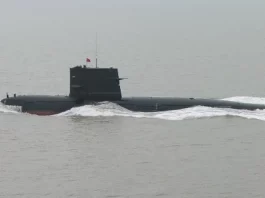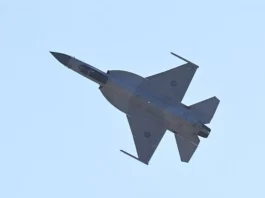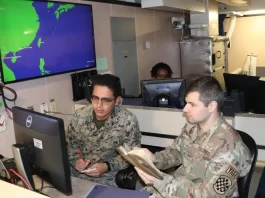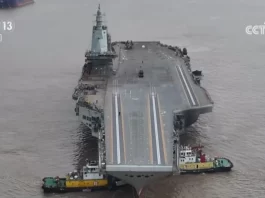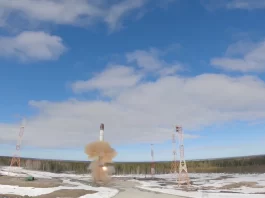After 50 years of service, the T-72 tank still has room to grow technologically, according to a report from the “Uralvagonzavod” press agency. The lessons learned from covert military activities are being incorporated into the ongoing upgrades.
The Soviet Army officially incorporated it into its service on August 7, 1973. The T-72, renowned for its widespread deployment and status as the most prevalent main battle tank in history, was developed at the Tank Design Bureau of “Uralvagonzavod” (now recognized as the Ural Design Bureau of Transport Engineering). Combat vehicles of various variations are currently operational in over 45 countries globally, including the nation of Russia. According to a report from “Uralvagonzavod,” the T-72 has not yet fully utilized its modernization capabilities after more than 50 years of active duty. The ongoing enhancement of the T-72 considers its combat experience in specialized military missions.
It has been mentioned that batches of T-72B3M tanks are regularly produced and dispatched from the “Uralvagonzavod” production plant to cater to the Russian Ministry of Defence requirements.
The commencement of serial production of the T-72 took place in 1974 at the renowned manufacturing facility known as “Uralvagonzavod.” During the subsequent five-year period, ongoing enhancements were implemented to both the design and manufacturing technologies of the tank. The T-72A tank was officially incorporated into the Soviet Army’s arsenal in 1979 and commenced mass production. It was later succeeded by the more advanced T-72B variant in 1984, which boasted enhanced capabilities. During the 1970s and 1980s, armoured vehicles were developed and manufactured for military purposes. These vehicles, including the BRM-1, IMR-2, and MTU-72, were built upon the T-72 platform and served as an armoured repair and recovery vehicle, an engineering vehicle, and a bridge layer, respectively. Command and export modifications and several experimental prototypes were developed until 1990, utilizing the T-72, T-72A, and T-72B tanks as their basis. The heavy flamethrower system TOS-1 “Buratino” was officially incorporated into the Russian army in 1995. Subsequently, during the 21st century, the introduction of various tanks such as the T-72BA, T-72B3, T-72B3M, and TOS-1A “Solntsepek” took place. According to the press service, the platform is limited to a machine that is relatively inexpensive and easy to manufacture, making it suitable for mass production. The T-72 is an example of such a machine.

